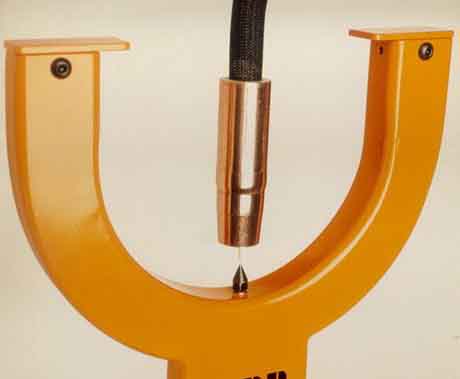|
 While end-of-arm
sensor based control would appear to solve both robot accuracy and workpiece
position error problems, this is only so if the sensor frame, end frame, and
tool frame are accurately known with respect to each other. While end-of-arm
sensor based control would appear to solve both robot accuracy and workpiece
position error problems, this is only so if the sensor frame, end frame, and
tool frame are accurately known with respect to each other.
Should the sensor be
accidentally knocked out of position, the robot system becomes a highly
consistent scrap production facility. Indeed, this very concern has been one of
the reasons why some companies that would benefit from a sensor based correction
system have been reluctant to implement such a system. What is required is not
only a technique that enables the frames to be automatically calibrated, but
that also enables the system to quickly determine if recalibration is necessary. This second capability is perhaps the more important in practice, since it can
be reasonably assumed that any calibration error will be caused by an
unanticipated event that could occur during any welding cycle.
|